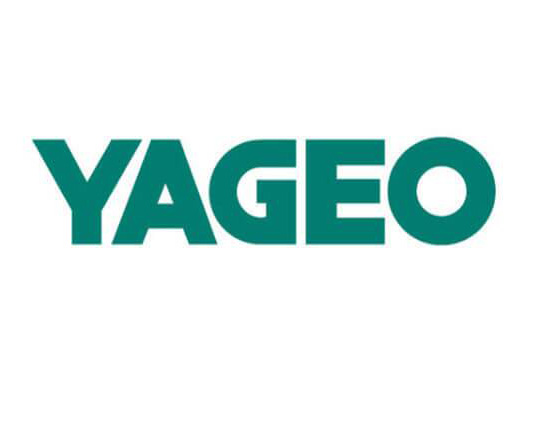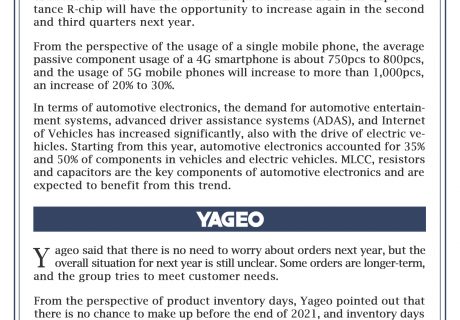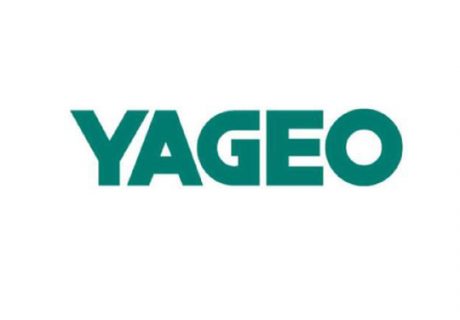Yageo held a law conference yesterday. Chairman Pierre Chen stressed at the conference that the current supply and demand relationship of passive components is still very tight, and the price increase cannot solve the imbalance between supply and demand. He said that currently only one-third of customer’s demands can be met. Since 300-400 customers require stable supply, Yageo plans to sign a two-year long-term agreement with customers, and the price will fluctuate depending on market conditions.

In the past two years, the high demand of MLCC has indeed surpassed the market imagination. The industry pointed out that the increase demand that began 2016 will not collapse like the short-lived increased demand in 2000 and 2010. The key point is that the MLCC demand in 2000 originated from the need for people to replace electronic products in the millennium. The demand in 2010 was derived from the deferred demand for the financial crisis in 2008. These needs were only advanced or deferred, and then naturally returned to dull after digestion. But the demand that started at the end of 2016 comes from the automotive, this is the actual demand, and will continue to grow.
Regarding the effect of the transfer of orders arising from the discontinuation of some products by other manufactures, Pierre said that the Japanese company has announced that it will discontinue 2,600 part numbers and will not receive new orders from March 2019. It is hoped that customers will switch supplier or switch to miniaturized products. Yageo has the ability to supply 95% of the discontinued part number. Yageo plans to build a new factory in March 2020 to undertake the transfer orders of the Japanese manufacturer. However, the new factory can only meet the 60% demand which transfer from the Japanese company.
In addition, Pierre also explained the situation of the spot market. He said that the spot market is a niche market of Yageo, and the proportion of total market is very small, about 3% to 5% of the total shipments. He also noted that the price of spot market is much higher than the quarterly or semi-annual supply price of their direct customer. However, he said that the spot market is too small, and its supply and demand and its price are completely unable to represent the overall supply and demand of MLCC.


















